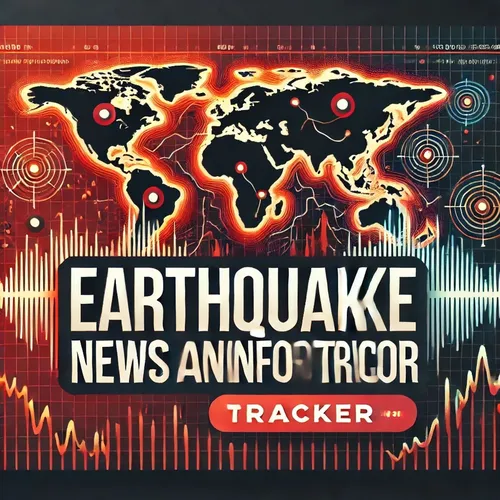"Nationwide Seismic Activity Continues: No Major Damage Reported in U.S. as Experts Monitor Unusual Global Events"
- Author
- Quiet. Please
- Published
- Sat 23 Aug 2025
- Episode Link
- https://www.spreaker.com/episode/nationwide-seismic-activity-continues-no-major-damage-reported-in-u-s-as-experts-monitor-unusual-global-events--67490969
This week, the United States continued to experience frequent seismic activity, with reports indicating over two hundred earthquakes across the nation in just a single twenty-four hour period according to data from the United States Geological Survey and various earthquake tracking platforms. While most of these quakes were small and did not cause damage, a few tremors were felt distinctly in populated regions. On August twenty-first, a magnitude two point nine earthquake was recorded just over a mile east of Mount Vernon in Skagit County, Washington, registering more than thirty reports of shaking from residents as confirmed by Volcanodiscovery. Meanwhile, the Alaska region remains seismically active, with the Alaska Earthquake Center noting a magnitude one point five tremor northeast of Sutton on August twenty-third, continuing a long-standing pattern of moderate and minor quakes throughout the state’s interior and coastal areas.
Looking at the broader national trend, the majority of recent quakes within the mainland United States have been below magnitude four, with no major reports of widespread damage or casualties. The persistent low-level activity observed in California, the Pacific Northwest, and the Rocky Mountain corridor aligns with established tectonic patterns related to the movement of the North American and Pacific plates. Experts confirm that the summer months have so far remained within expectations for seismic frequency.
On the international stage, several larger events have drawn attention in the past week. The most significant was a powerful magnitude seven point five earthquake striking off the Drake Passage near Antarctica on August twenty-second, regarded as unusual for its location. TheEarthMaster YouTube channel and Volcanodiscovery both noted that while this region has a history of seismic activity, quakes of this magnitude are rare and may signal shifting stress along the South American and Antarctic plates. Seismologists are monitoring this sector and examining data for potential aftershocks and long-term implications.
Other notable global events in recent months include a magnitude eight point eight quake off Russia’s Kamchatka coast in late July and the earlier devastating magnitude seven point seven quake in Myanmar this March, which remains the deadliest this year. However, recent days have seen most major activity concentrated offshore or in remote regions, reducing direct impacts on populated communities.
In summary, the seismic landscape in the United States over the past week has remained stable with no extreme events reported, while international experts are closely watching atypical strong earthquakes such as the one in the Antarctic region. This underscores the importance of continual monitoring and advances in detection technologies, keeping communities informed and ready for any changes in the tectonic environment.
Some great Deals https://amzn.to/49SJ3Qs
For more check out http://www.quietplease.ai
